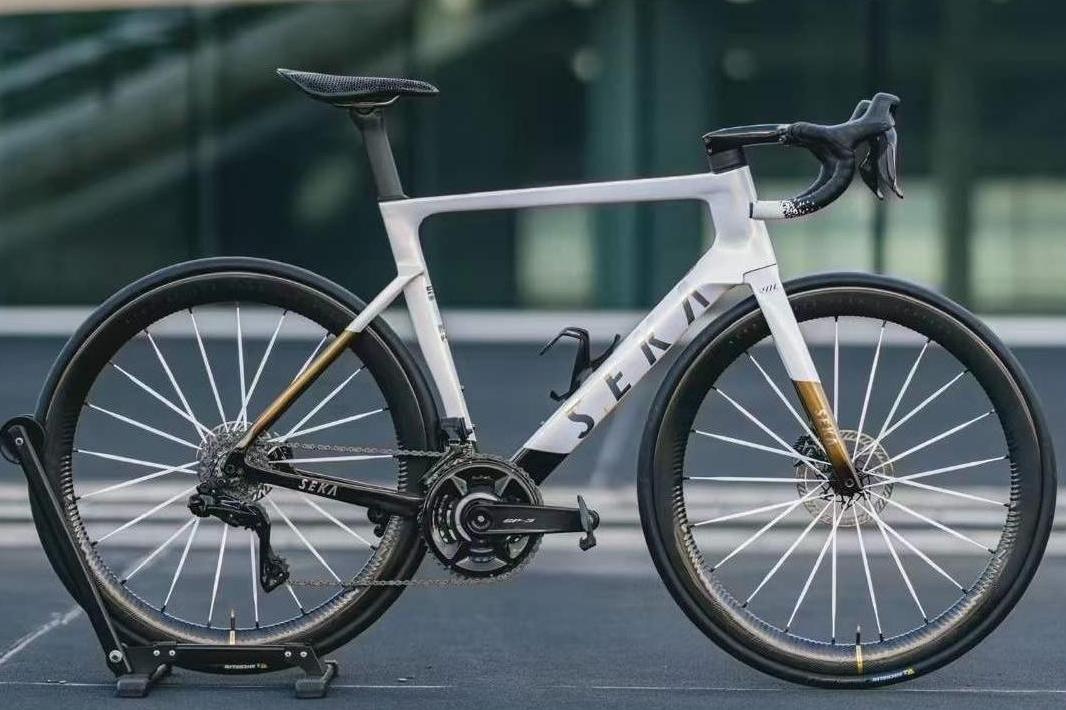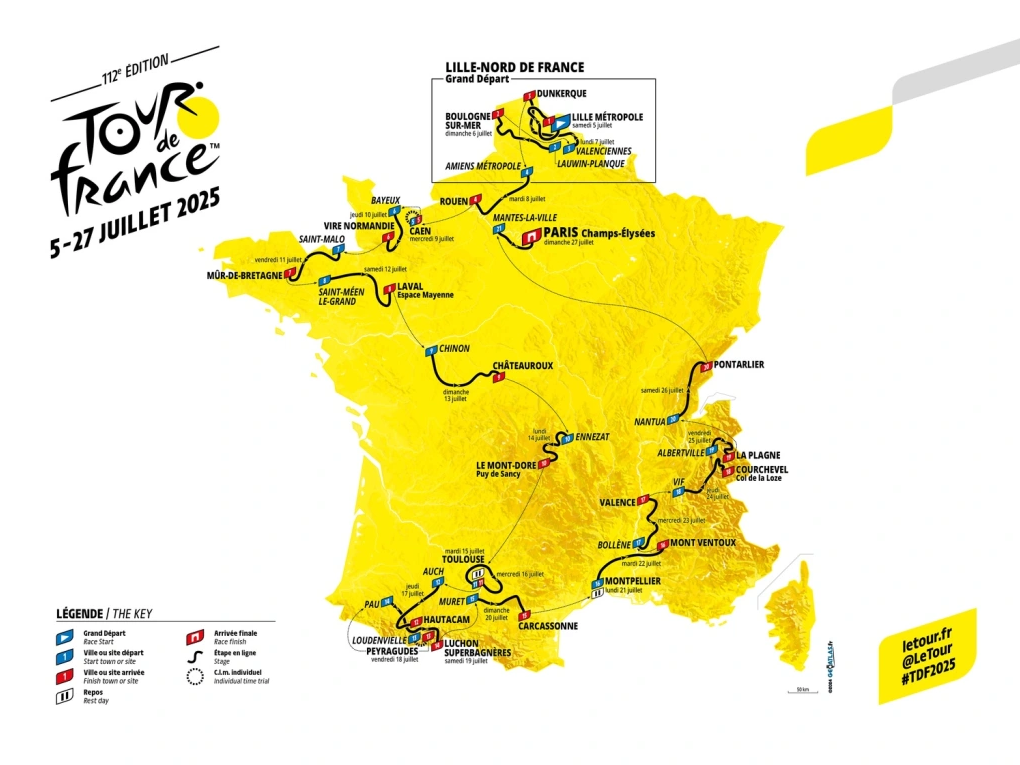For those who are new to road cycling or long accustomed to casual riding, proper riding posture is often one of the most overlooked yet critical factors. A good riding posture not only helps you ride faster and longer but also effectively prevents body fatigue and sports injuries.
This article will walk you through the 5 most commonly overlooked riding posture details in cycling, helping you start your cycling journey in a more scientific and comfortable way.
1. Slightly Bent Elbows – Avoid Locking Your Arms
 Many riders instinctively lock their arms straight when getting on the bike, causing road vibrations to transfer directly to the shoulders and neck.
Many riders instinctively lock their arms straight when getting on the bike, causing road vibrations to transfer directly to the shoulders and neck.
Correct approach:
Keep your elbows naturally bent and your hands relaxed on the handlebars.
Let your arms act as shock absorbers.
This can effectively reduce hand numbness and shoulder stiffness during long rides.
2. Keep Knees Close to the Frame – Avoid "Outward Knees"
 Some riders tend to splay their knees outward while pedaling, which not only affects pedaling efficiency but also increases the risk of knee wear.
Some riders tend to splay their knees outward while pedaling, which not only affects pedaling efficiency but also increases the risk of knee wear.
Correct approach:
Make sure your knees move up and down directly under your body, staying close to the frame.
You can improve your knee tracking by adjusting the cleat position or checking the saddle width.
Maintaining proper knee alignment helps reduce pressure on the knees and improves power transfer efficiency.
3. Keep Your Back Straight – Avoid Overarching or Sagging

Many riders tend to hunch their backs or collapse their waists due to looking down, fearing wind resistance, or lacking core strength.
Correct approach:
Keep your back straight but not overly rigid.
Maintain a naturally relaxed forward lean in your upper body.
A well-aligned and stable back can reduce neck pressure and improve overall pedaling efficiency.
4. Keep Your Head Relaxed – Avoid Overextending the Neck
Riders often develop the habit of constantly looking far ahead while cruising, which can easily cause neck fatigue over time.
Correct approach:
Keep your head naturally relaxed and avoid excessive backward tilting of the neck.
Adjust your gaze occasionally and switch focus points to relieve neck tension.
Relaxing your head properly helps prevent neck stiffness and headaches during long rides.
5. Stable Hip Power Transfer – Avoid Bouncing
 Some riders pedal unevenly, causing their hips to rock forward, backward, or up and down frequently. This wastes energy and adds unnecessary physical strain.
Some riders pedal unevenly, causing their hips to rock forward, backward, or up and down frequently. This wastes energy and adds unnecessary physical strain.
Correct approach:
Ensure the saddle height is appropriate and pedal smoothly to keep the hips stable.
Focus on engaging your core muscles to generate power and avoid excessive body movement.
A stable pelvis allows more power to be transferred directly to the wheels, improving pedaling efficiency.
Summary
The details of good riding posture determine whether you can ride comfortably, efficiently, and for extended periods.
Remember:
Slightly bent elbows to absorb vibrations
Knees tucked in for smooth power transfer
Straight back with core engagement
Relaxed head with flexible gaze
Stable hips for maximum efficiency
Mastering these fundamental posture details will not only help you prevent injuries but also allow you to go further and enjoy more cycling fun along the way.






Leave a comment
All comments are moderated before being published.
Este site está protegido pela Política de privacidade da hCaptcha e da hCaptcha e aplicam-se os Termos de serviço das mesmas.